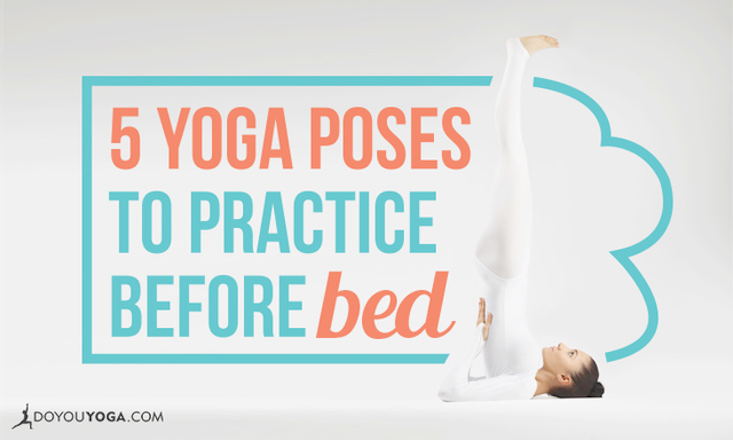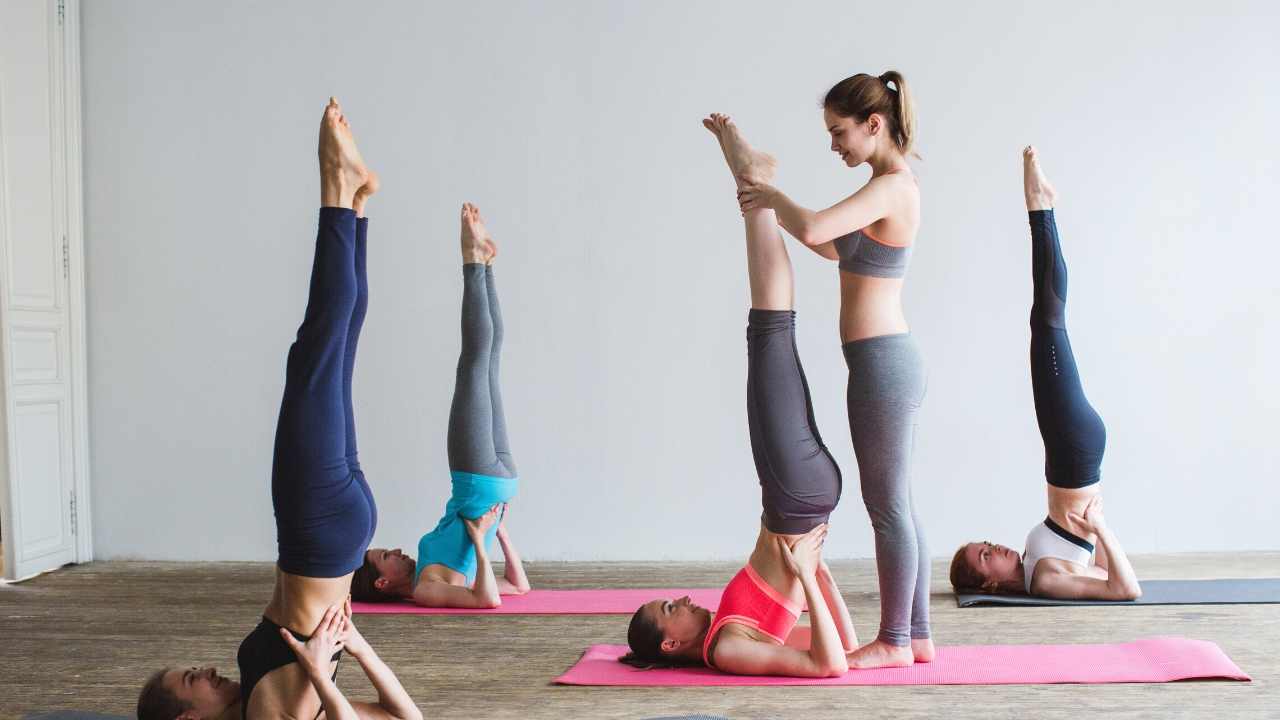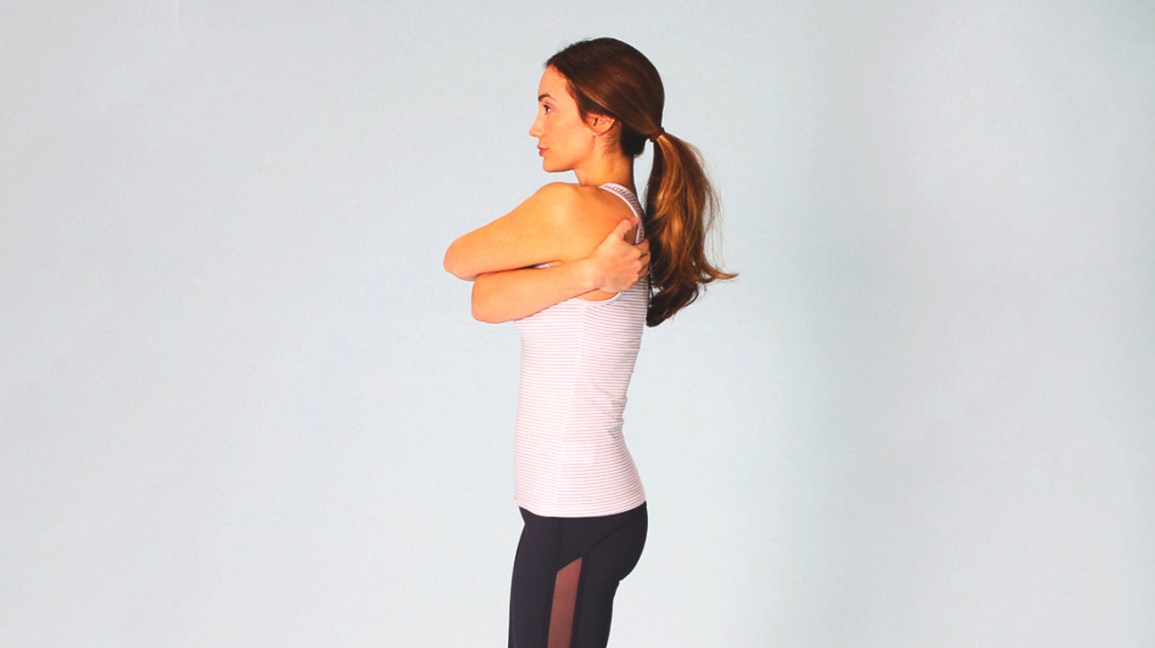
Many people see yoga as only physical poses. However, there are countless benefits to the mind and body from practicing yoga. Yoga unites mind, body and breath to promote harmony. This results in a happier, more peaceful life. Yoga is a great way to lose weight and build strength, as well as inner peace. Here are 10 benefits that yoga can offer you.
Reduces stress
There are many ways that stress can be reduced, and yoga is one. Yoga is a form exercise that teaches self healing techniques. It can be used to reduce anxiety or depression. Yoga uses deep belly breathing to reduce stress and increase brain oxygen. Yoga also lowers cortisol levels by promoting deep breathing, which has several benefits beyond its ability to reduce stress.
Improves flexibility
Yoga can improve flexibility. A common yoga pose is the reclined hand to toe. Start by lying flat on your back. Next, lift your arm up towards the toe. Then, extend your leg straight up and hold it for 30 seconds. For extra benefit, use your other hand to stabilize your hips. This should be done for three minutes each day to increase your flexibility. Then, repeat the pose for two to five minutes.

Reduces chronic and severe pain
Yoga has many benefits for those who suffer from chronic pain. To target the root cause, yoga combines physical therapy and mindfulness techniques with breathing exercises. The autonomic nervous systems is activated by pain, which increases stress levels and puts the body in "fight or flight". Studies have shown that regular yoga practice alleviates this physiological state. It also improves strength and flexibility, and builds mindfulness. There are many benefits to yoga for chronic pain. It is especially helpful for people who can't do any strenuous exercise.
Improves sleep
The authors performed a meta-analysis to examine the effects of yoga on sleep quality and found evidence that there were positive outcomes. Participants in Yoga had lower levels of sleep disturbances and experienced shorter latency. Overall, they found significant improvements to sleep quality. They also found no difference between the groups in terms of daytime dysfunction. These effects are yet to be confirmed.
Inflammation is reduced
Research has revealed that yoga may be able to reduce the negative effects of inflammation by increasing blood markers related. This could be due to yoga's ability to improve sleep and meditation. Both of these methods can help to regulate the immune system which is an important part in aging gracefully. Yoga may also be able to reduce stress levels and blood sugar levels. It can have both short-term as well as long-term benefits for your health. Continue reading to learn how yoga can reduce inflammation.
Increases interoceptive awareness
Yoga can have therapeutic effects by increasing interoceptive awareness. There is not much research on yoga and interoception. However, studies have shown that yoga can help with trauma patients' emotional and psychological distress. In the current study, a mixed-methods approach was used to examine the relationship between interoceptive and therapeutic benefits of yoga for PTSD patients. The researchers also measured changes in body consciousness, attention regulation, emotion regulation, and body awareness in participants during a TSY Intervention.

Self-confidence increases
This study addresses the question of whether yoga exercises increase self-confidence. Participants completed demographic questionnaires, a self-esteem survey, and the Rosenberg Self-Esteem Questionnaire. Participants also completed the questionnaire and performed yoga poses inside a laboratory cubicle. The study followed the procedures of Carney et.al. Ranehill et. al. (2010). (2015). Participants fatigue was also measured using mock electrodes.
FAQ
What does research show about yoga for wellness?
Yoga has been proven effective at improving mental health, reducing stress, and promoting overall well-being. Yoga can also help people lose weight and maintain healthy body mass index (BMI).
Yoga can reduce blood pressure, improve cardiovascular function, increase immune system functioning and help with stress management.
These are just a handful of benefits to yoga.
You could go on and on.
Are there many types of yoga?
Bikram Yoga, also known as Bikram heated yoga, is the most common type of yoga. Other forms include Hatha, Ashtanga, Vinyasa, Iyengar, Kundalini, Yin, Power Yoga, Flow Yoga, Reiki, Pilates, Restorative, Aerial, etc.
Do I need to be flexible to practice yoga?
It depends on what kind of yoga you choose. Some yoga styles require you to be very flexible, while others focus on building muscle strength.
Also, different levels of flexibility are required depending on the style of yoga. Beginners might be able to just stretch their arms straight up. Intermediates may only need to reach overhead. Whereas intermediate practitioners may need to bend forward and touch their toes. Advanced practitioners may need deep twists.
What happens if I stop doing yoga?
It's common to lose interest in an activity over time. If you stop doing yoga regularly, however, your body might become stiffer. Poor posture, lack of exercise and aging can all contribute to stiffness.
Consider retaking some classes if you find the flexibility to be less than ideal. Also, make sure you're keeping up with your daily routine. Exercise is good for your bones and muscles. Make sure you get enough sleep, and eat right.
Do I need to warm up before doing yoga?
No. You don't need to warm up before performing a yoga session.
Stretching before you go to the gym can help ease stiff muscles.
Can women do yoga?
Absolutely! All women are welcome to do yoga, regardless of gender.
There are many types and styles of yoga available for both men & women.
Statistics
- Start your Fall off right with 20% off All Access Membership when you sign up by 9/25! (corepoweryoga.com)
- According to the Agency for Healthcare Research and Quality, falls are incredibly common among older adults in nursing facilities. Even the simplest ones can increase the risk of death (24). (healthline.com)
- The American Psychological Association recently shared that 84% of American adults feel the impact of prolonged stress (5). (healthline.com)
- The people in the yoga group were 37 percent more likely to have quit smoking by the end of the 8-week program. (nccih.nih.gov)
- Gentle yoga has been shown to ease some of the discomforts of tender, swollen joints for people with arthritis, according to a Johns Hopkins review of 11 recent studies. (hopkinsmedicine.org)
External Links
How To
Is yoga a good way to exercise?
Yoga isn't just for people who want to lose weight. Yoga is not just for those who want to lose weight. It helps them develop flexibility and balance.
Yoga isn't just exercise, but an art form. The poses are used as a way to relax and meditate. They improve posture, concentration, and respiration.
A "yogi" is someone who practices yoga. Yogis follow various forms of yoga, including Hatha, Ashtanga, Iyengar, Vinyasa, Bikram, Kundalini, Yin Yang, and Restorative.
There are many types of yoga, but they all have similar goals. Each type is focused on different aspects. You can choose from meditation, pranayama or Hatha yoga.
Some yoga exercises that require no equipment are:
-
Sun Salutation - This series of 12 postures starts with a forward bend, followed by 10 other poses.
-
Warrior Pose – While holding a stick/staff, a warrior position is achieved.
-
Triangle Pose: This is where one leg is lifted behind the other and you bend at your knees.
-
Standing Forward Bend: This pose involves sitting straight up on the ground and folding forward at your waist.
-
Seated Twist - This pose is performed while seated on a chair or mat.
-
Cobra Pose – This is a pose where you lie flat on your back and raise your arms above your head.
-
Child's Pose - This pose is done while lying face up on the ground.
-
Cat/Cow Pose: This combination of a cow and cat pose is called the Cat/Cow Pose. Keep your head down and raise your upper body above the ground. Then roll over onto your side and place your hands under your shoulders.
-
Head Tilt--This pose requires that you tilt your head back with your eyes closed.
-
Shoulder Stand – This position is where you stand upright while your arms are raised above and feet are raised above the neck.
-
Tree Pose - This pose is achieved while kneeling on your knees with both hands placed underneath your shoulders.
-
Bow Pose - This pose is completed by bending forward from the hips and placing your palms on the ground.
-
Corpse Pose: This pose can only be held for five seconds.
-
Mountain Pose- You can call this mountain pose because your spine is straight up and you are tall.
-
Legs Up the Wall Pose- This pose can be achieved by hanging upside-down at a wall.
-
Side Angle Pose -- This pose requires you to lean against a wall and place your right arm in front of the wall.
-
Plank Position – This is when you lay flat on your stomach, extend your left arm out and place your right foot in front of each other.
-
Bridge Pose – Balance on your elbows while balancing on the toes in this pose.
-
Reverse Table Top Pose: This is when you lie on your stomach and extend your arms towards the ceiling.
-
Handstand - This pose requires balance and strength. This pose can be done by placing your hands between two walls, or using a door frame.
-
Half Moon Pose - This pose is also known as Hero Pose. It's performed by standing on both your hands and toes.
-
Headstand (or Handstand) - This pose requires excellent balance and strength. You can do this pose on a wall (or using a doorframe).
-
Forearm Balance- This position is done with your forearms on a tabletop.
-
Spinal Twist: This pose is where your belly meets your arms.
-
Supported Boundangle pose - This position requires balance and support. You will need to find a sturdy object like a tree branch or an old beam to lean on.
-
Wide Leg Forward Fold - This pose is achieved by spreading your legs apart and touching your toes.
-
Single Pigeon Pose-This pose is very similar to the wide leg forward folded, but only has one leg.
-
Extended Puppy Dog Poses are very relaxing. It's done by extending your legs outward and bending your knees.
-
The Forward Bend pose involves bending forward and squatting cross-legged.
-
Crow Pose: This pose is very difficult, but it's rewarding once you get the hang of it. The trick is to raise your arms higher than your head and lower them so that they touch the ground.